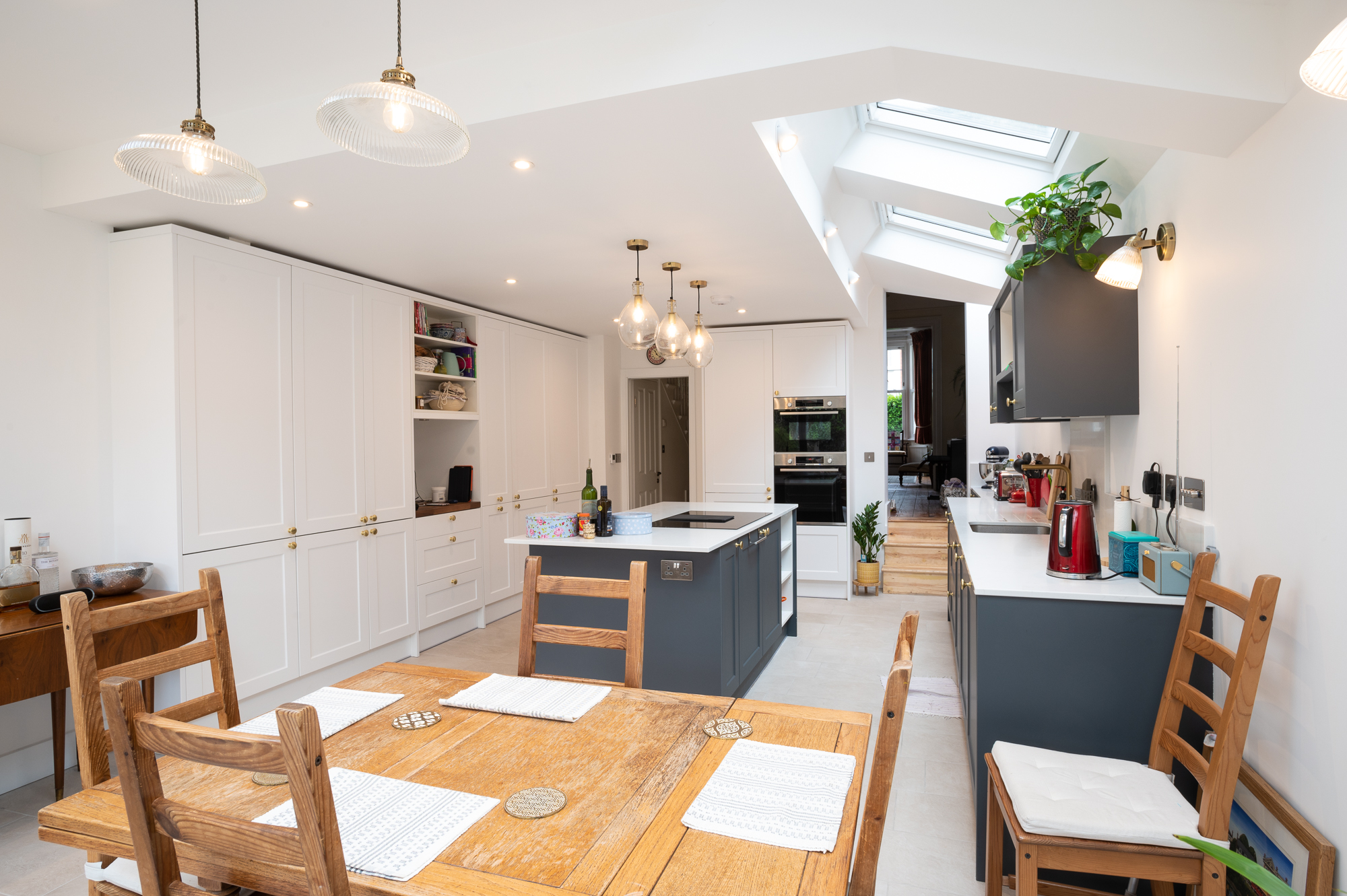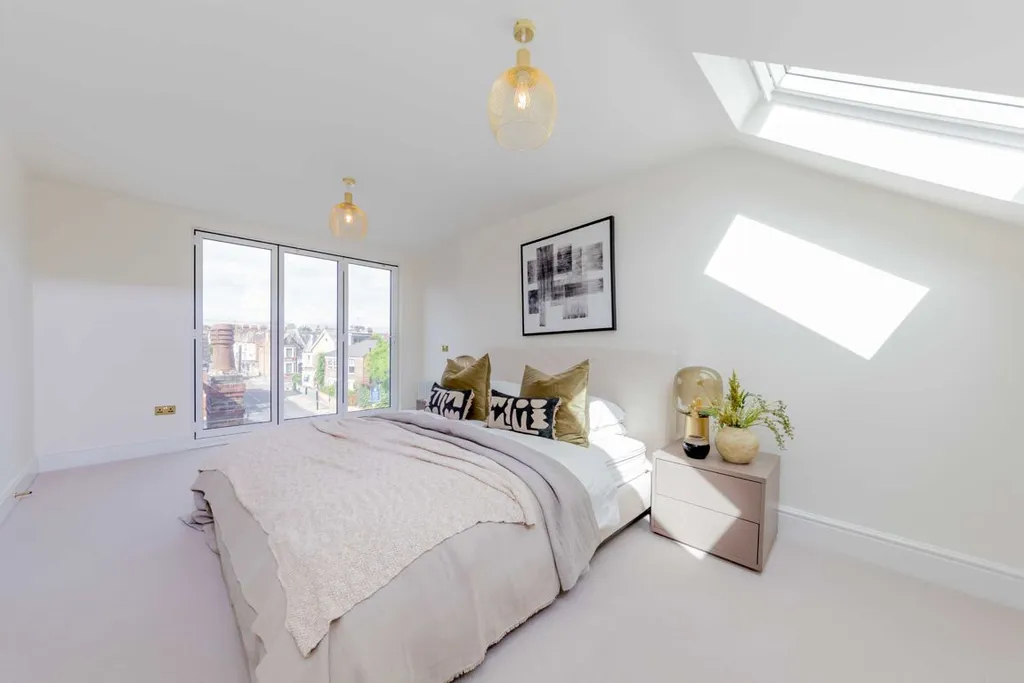The concept of an open-plan kitchen layout in home design has gained immense popularity in recent years. This layout seamlessly combines multiple spaces, creating a seamless and interconnected living area. However, this design approach is not without certain challenges. Without careful consideration, open-plan layouts can encounter several design mistakes that compromise the functionality and aesthetic appeal of the space. In this article, we’ll delve into the common errors in open-plan design and explore practical solutions to overcome them.
Lack of proper separation
One of the most prevalent mistakes in open-plan design is the lack of adequate separation between different areas. This can result in a space that appears cluttered and disorganised. Moreover, the absence of clear divisions can hinder the functionality of distinct zones within the layout. To counter these issues, consider including the following;
- Use strategic furniture placement – Utilise sofas, bookshelves, or other sizable furniture items strategically to create visual partitions without obstructing the flow of the space.
- Consider decorative screens – Incorporating decorative screens offers a stylish way to delineate areas while maintaining the openness of the layout.
- Employ area rugs – Use rugs to define specific zones within the open space, adding both a visual and physical boundary without disrupting the overall flow.
Overlooking privacy concerns
While the appeal of an open-plan layout lies in its spaciousness and connectivity, overlooking privacy concerns can be a significant flaw. Balancing openness with the need for privacy in specific areas, such as bedrooms or home offices, is crucial. To address this, consider implementing the following changes.
- Install sliding doors or partitions – Installing sliding doors or partitions allows for flexibility in creating private spaces within the open layout as needed.
- Incorporate curtains or drapes – Hanging curtains or drapes offers a simple and versatile way to create privacy for specific areas without compromising the overall design aesthetic.
- Utilise room dividers – Room dividers can be both functional and decorative, providing an easy solution to create separation while maintaining an open feel when desired.
Not considering noise transmission challenges
One often underestimated issue in open-plan layouts is the challenge of noise transmission. Sound travels more freely in open spaces, leading to disruptions and reduced privacy. The following changes could be helpful in tackling these challenges.
- Use sound-absorbing materials – Incorporate materials like carpets, drapes, or acoustic panels to absorb sound and reduce reverberation within the space.
- Strategic furniture placement – Place furniture strategically to act as sound barriers or to absorb sound waves, reducing the overall noise level.
- Implement area rugs – Rugs not only add visual appeal but also serve as sound absorbers, helping to minimise noise transmission between different zones.
Issues with furniture and home decor
Mismatched or inadequately coordinated furniture and home décor can detract from the cohesive look of an open-plan space. Furniture that is too similar or doesn’t complement each other well enough can create visual chaos. Here are a few solutions to overcome this.
- Maintain a cohesive colour scheme and style – Ensure that furniture pieces and décor elements share a common design language to create visual harmony.
- Mix and match thoughtfully – While incorporating diverse pieces, ensure they complement each other in style, colour, or texture, creating a balanced and inviting environment.
- Pay attention to flooring and lighting – Consistency in flooring materials and layered lighting can tie the space together, enhancing its overall appeal and functionality.
Designing an open-plan living space requires careful consideration and attention to detail. Avoiding these common mistakes is crucial to creating a stylish and visually appealing layout. This allows you to transform your open-plan space into a harmonious and inviting environment that seamlessly integrates multiple functional zones.
At Good Design and Build, our experienced team of professionals understand the intricacies of open-plan design and can help you navigate through these potential challenges. Let’s work together to create captivating and inviting spaces that reflect your style and enhance the seamless flow of your home. Find out more about our work here.




